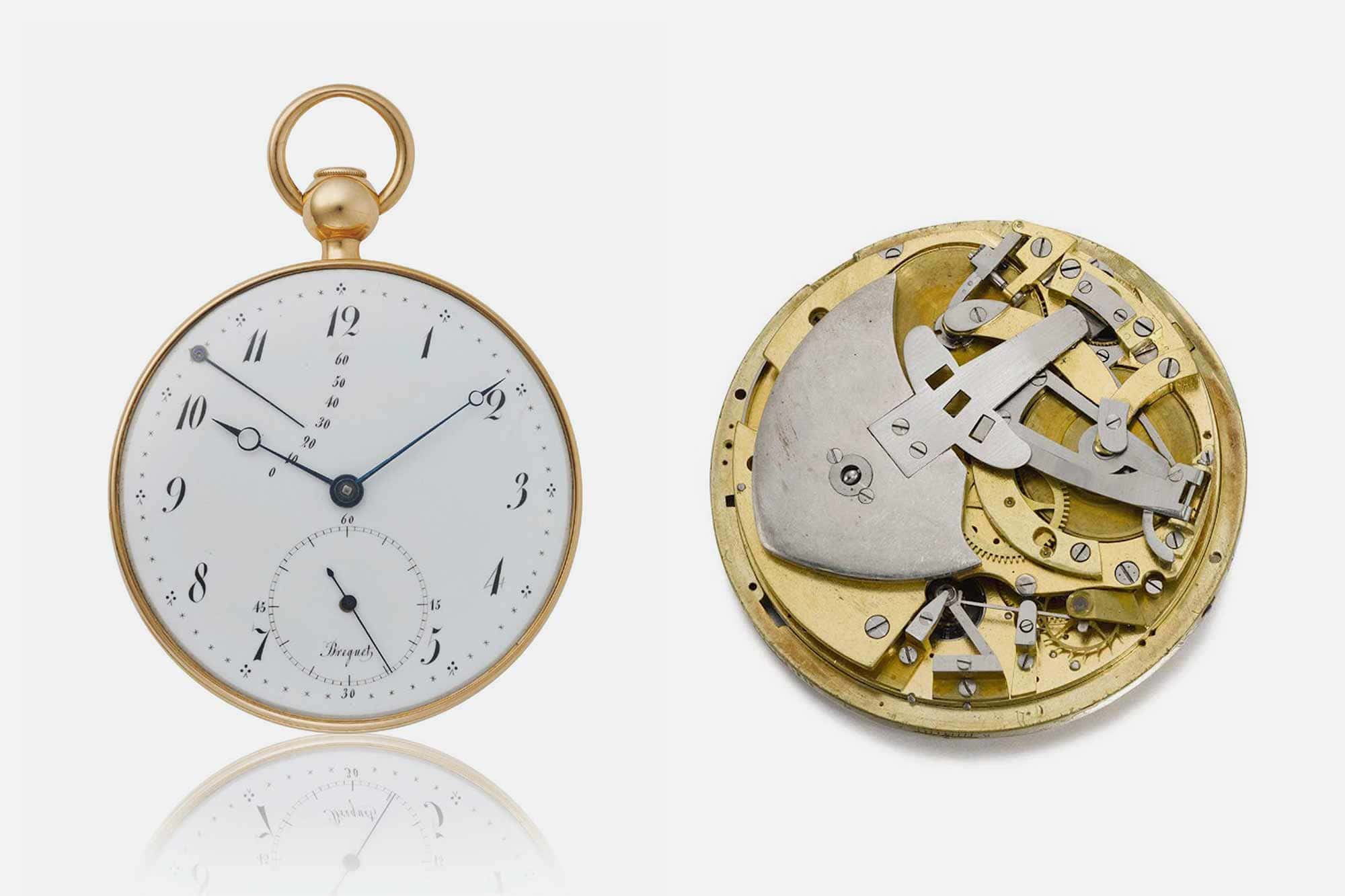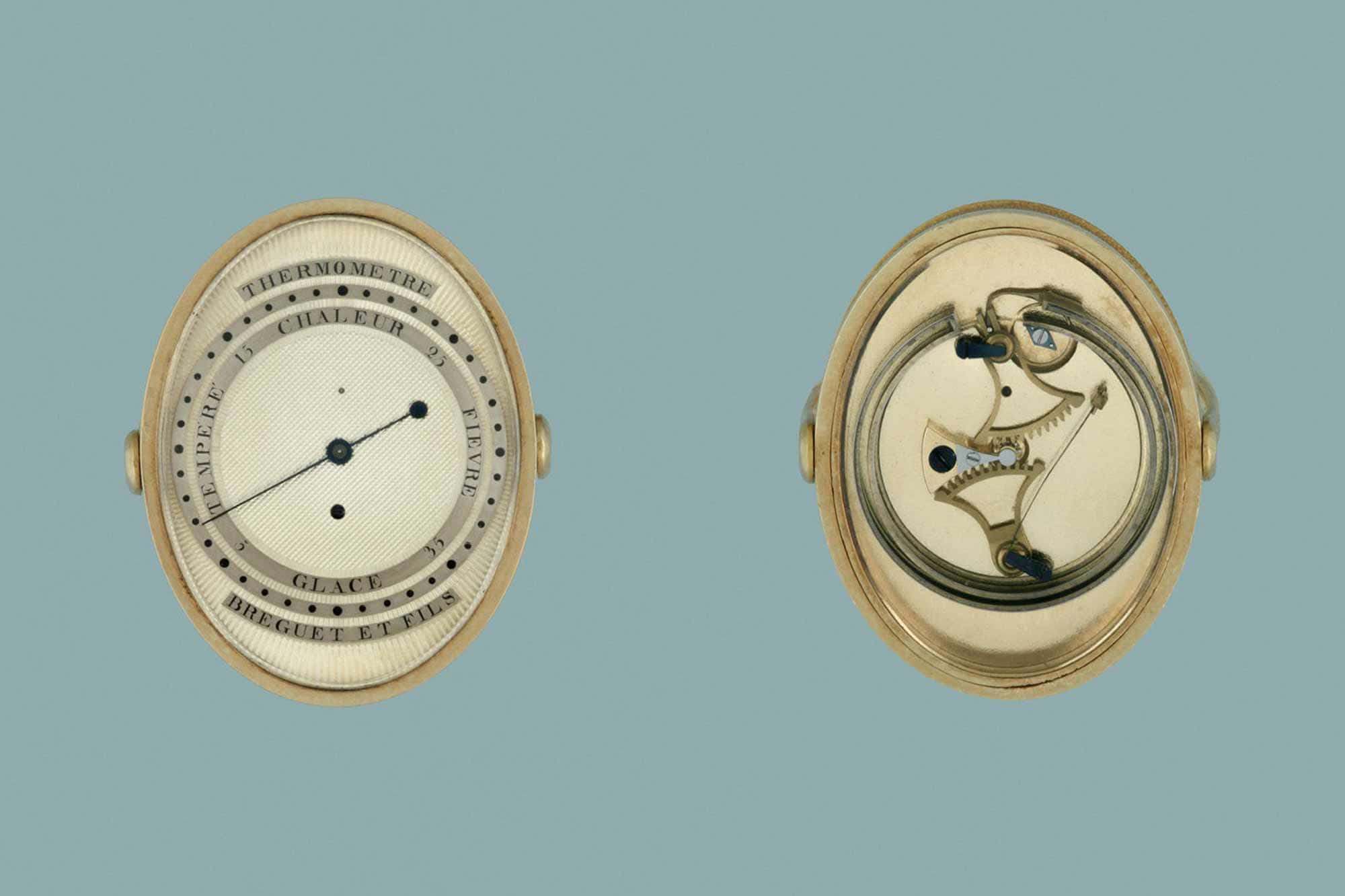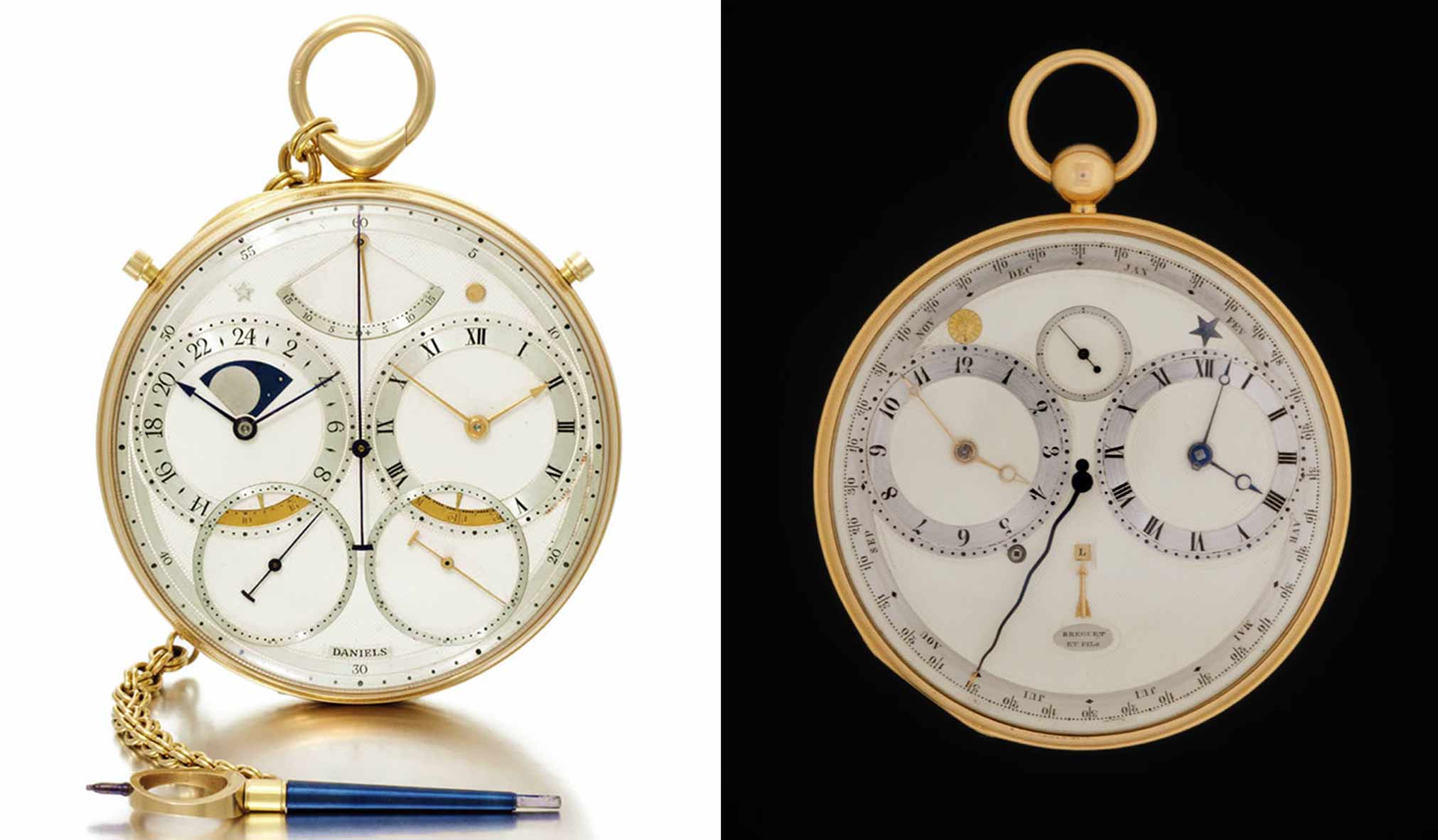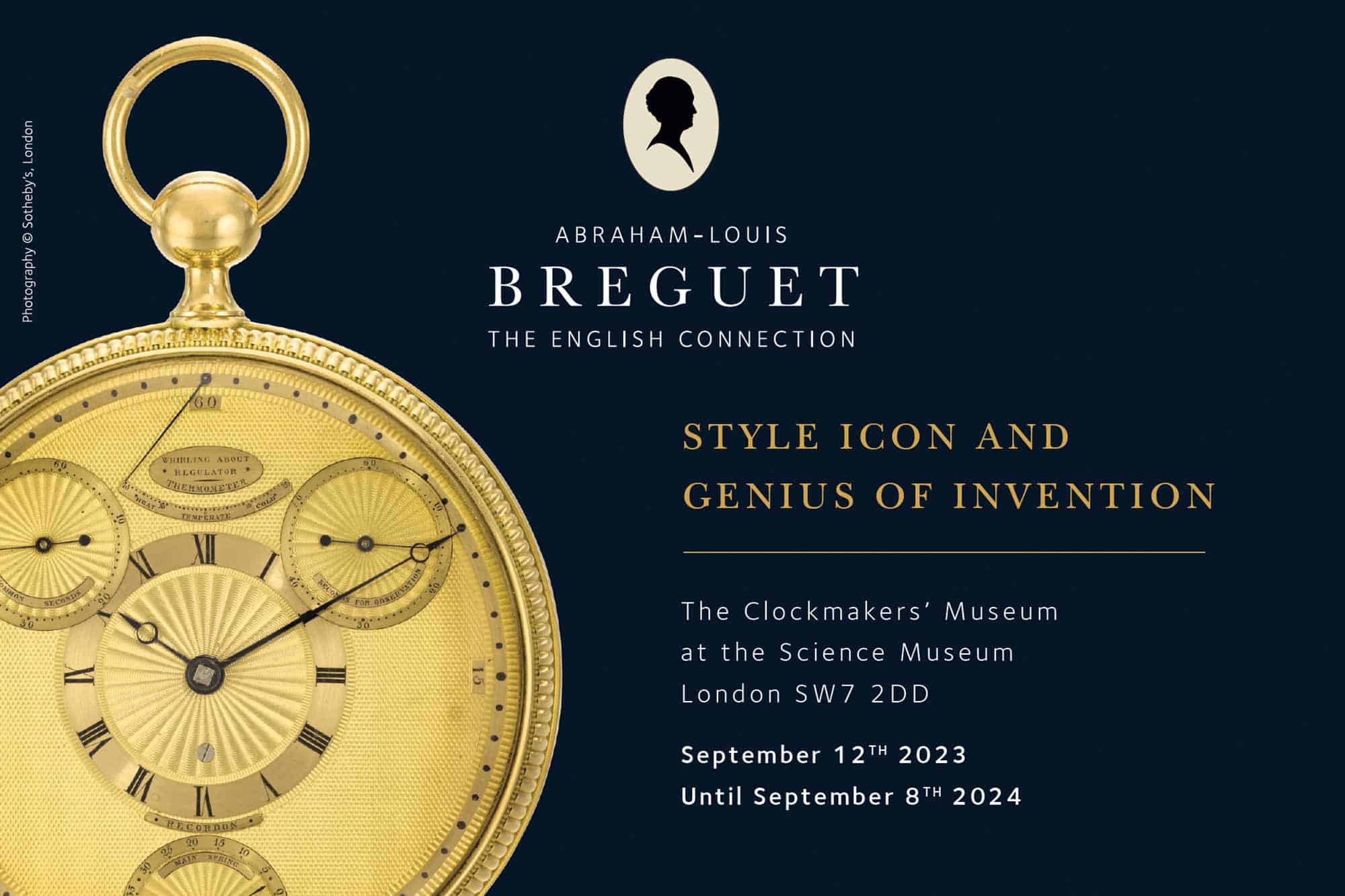Editor’s Note: Time Through the Ages is a four part series written by Andrew Canter, member of the British Horological Institute, Alliance of British Watch & Clock Makers, and the British Watch & Clock Makers Guild. In this second installment, Andrew examines the life and career of Abraham-Louis Breguet, inventor of the tourbillon and many other important watchmaking advancements. For more from Andrew, check out his work at Mr. WatchMaster.
Abraham-Louis Breguet (1747–1823) was a designer, inventor, and watchmaker. Being a master craftsman in the field of watchmaking earned him a prestigious clientele that included Louis XVI and Marie Antoinette, alongside other international nobility, and the elegance and technical innovations of his designs were considered the height of style and fashion.
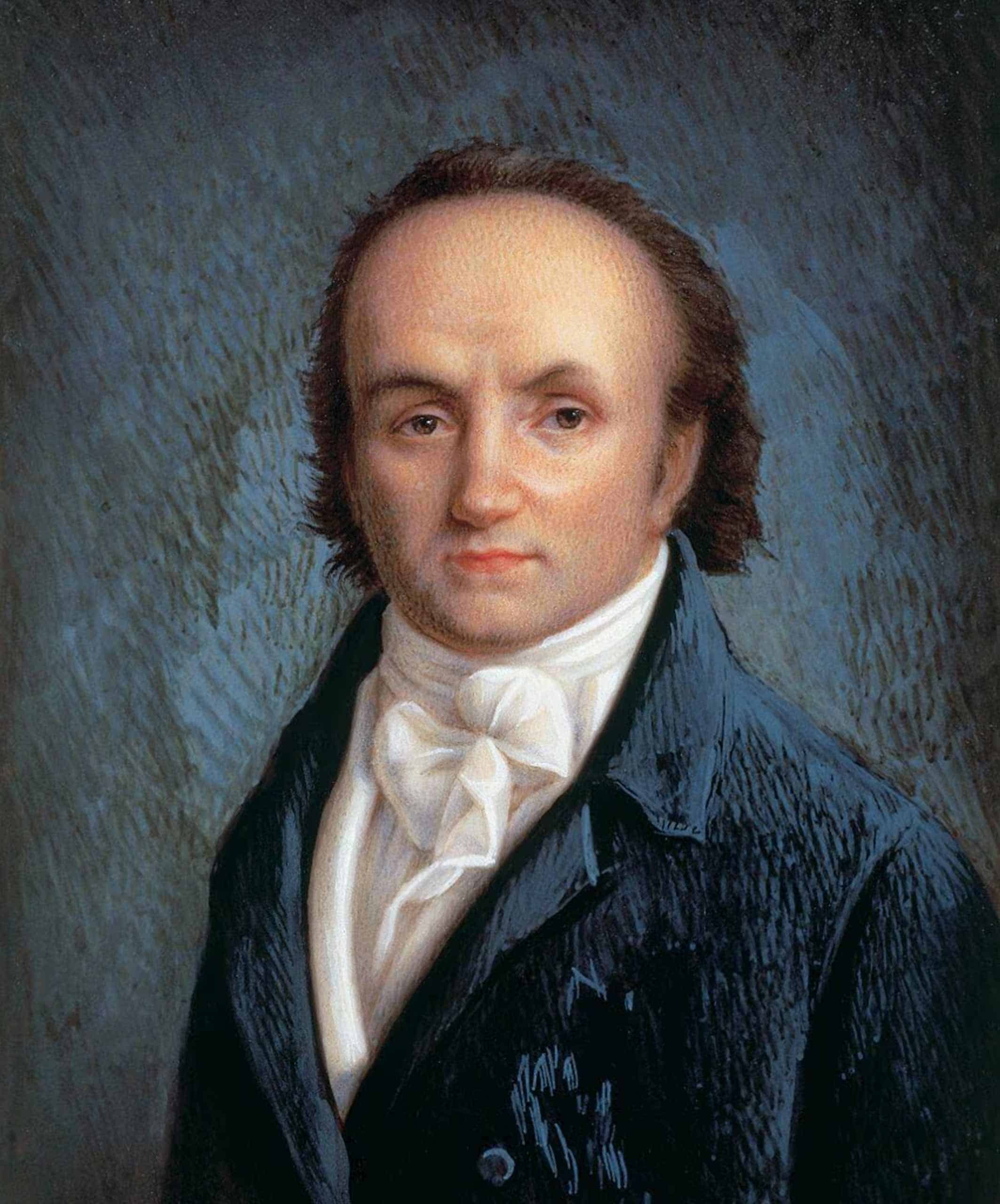
Breguet was born in Neuchâtel on the 10th January 1747, but it was in Paris that he spent most of his productive life. He is credited with the development of the successful self-winding perpétuelle watches, the introduction of the gongs for repeating watches, the first shock-protection for balance pivots and of course the tourbillon. Every watch that left his workshops demonstrated the latest horological improvements in an original movement, mostly fitted with lever or ruby-cylinder escapements that he perfected.
He was a great entrepreneur and marketed his magnificent watches brilliantly. Perhaps his most valuable market was England. Breguet left Paris in a hurry around 1793 as he was caught up in the unrest which led to the French Revolution and was apparently marked for the guillotine, possibly because of his association with the Royal Court. Thankfully, safe passage was arranged that enabled Breguet to escape to Switzerland (although it remains unconfirmed, it was thought he disguised himself as a woman), from where he travelled to England.
His English clients read as a ‘who’s who’ of Georgian Britain, and during the late 1700s, he visited London several times, becoming friends with one of the country’s finest chronometer makers, John Arnold, and later recruited English craftsmen to work for him in France.
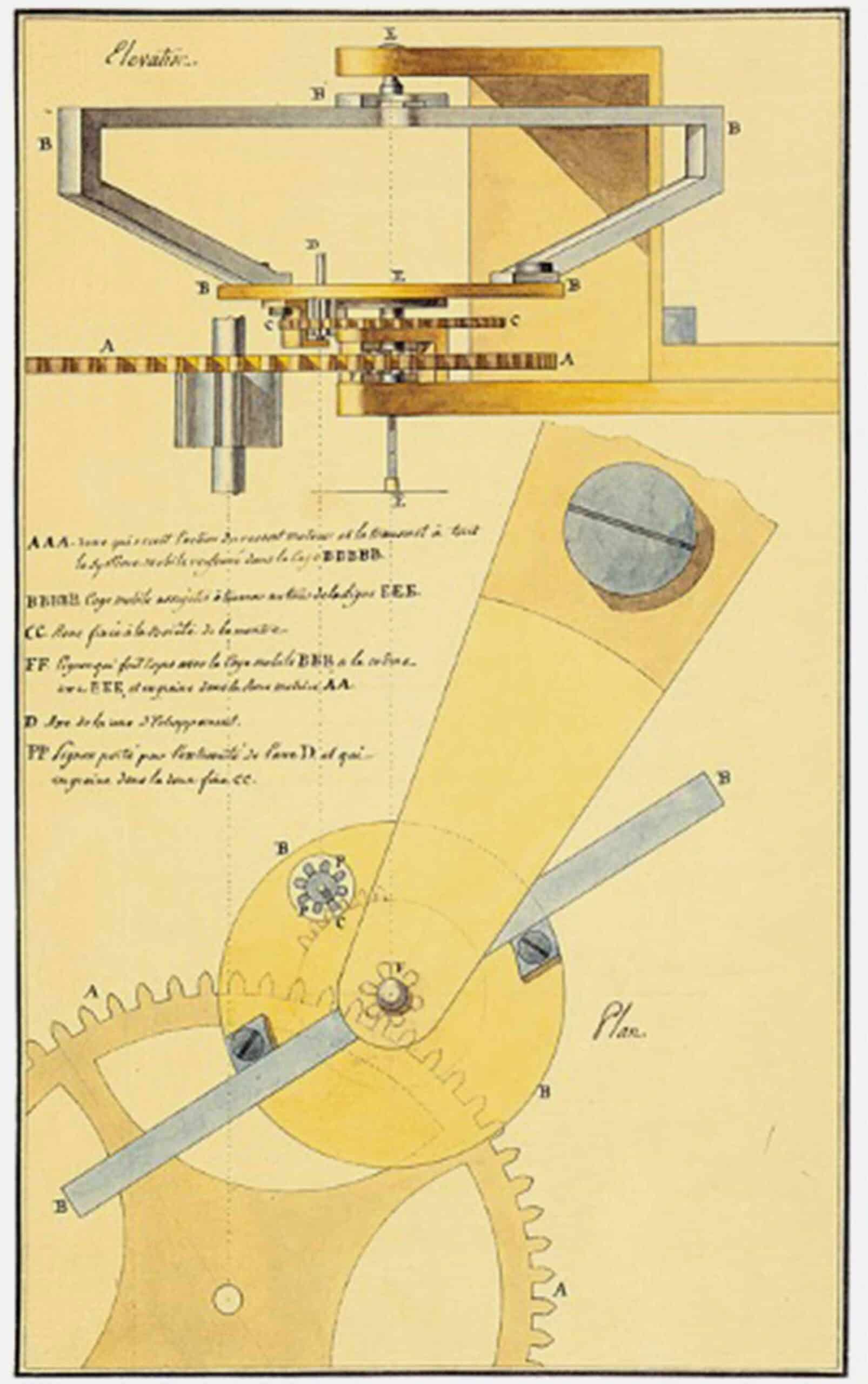
Tourbillon Invention
During the final decade of the 18th century, watchmakers tried to tackle the influence of temperature and gravity which both affected the accuracy of pocket watches. To some extent, the practical issues with temperature had been addressed by John Harrison with the use of a bi-metallic balance – made of both steel and brass. Breguet realised that the key to solving the problem of gravity was to take gravity out of the equation by placing the entire escapement system into a rotating cage. The development of the ‘tourbillon’ (translated as ‘whirlwind’) began around 1793, and on 26 June 1801 a patent was granted, valid for 10 years.
The English Connection
Breguet produced many exceptional timepieces, namely, pocket watches, clocks, marine chronometers, and items of a scientific nature, including thermometers. Perhaps his finest work was reserved for his best clients, many living across the Channel in England. Although the watch made in honour of Queen Marie-Antoinette, watch number 160, is often noted as his most exquisite, I would argue that the Breguet No. 666 Pendule Sympathique is in the same sphere with regards to genius, and probably the most complicated clock in the world when it was sold in 1814.










 Featured Videos
Featured Videos






